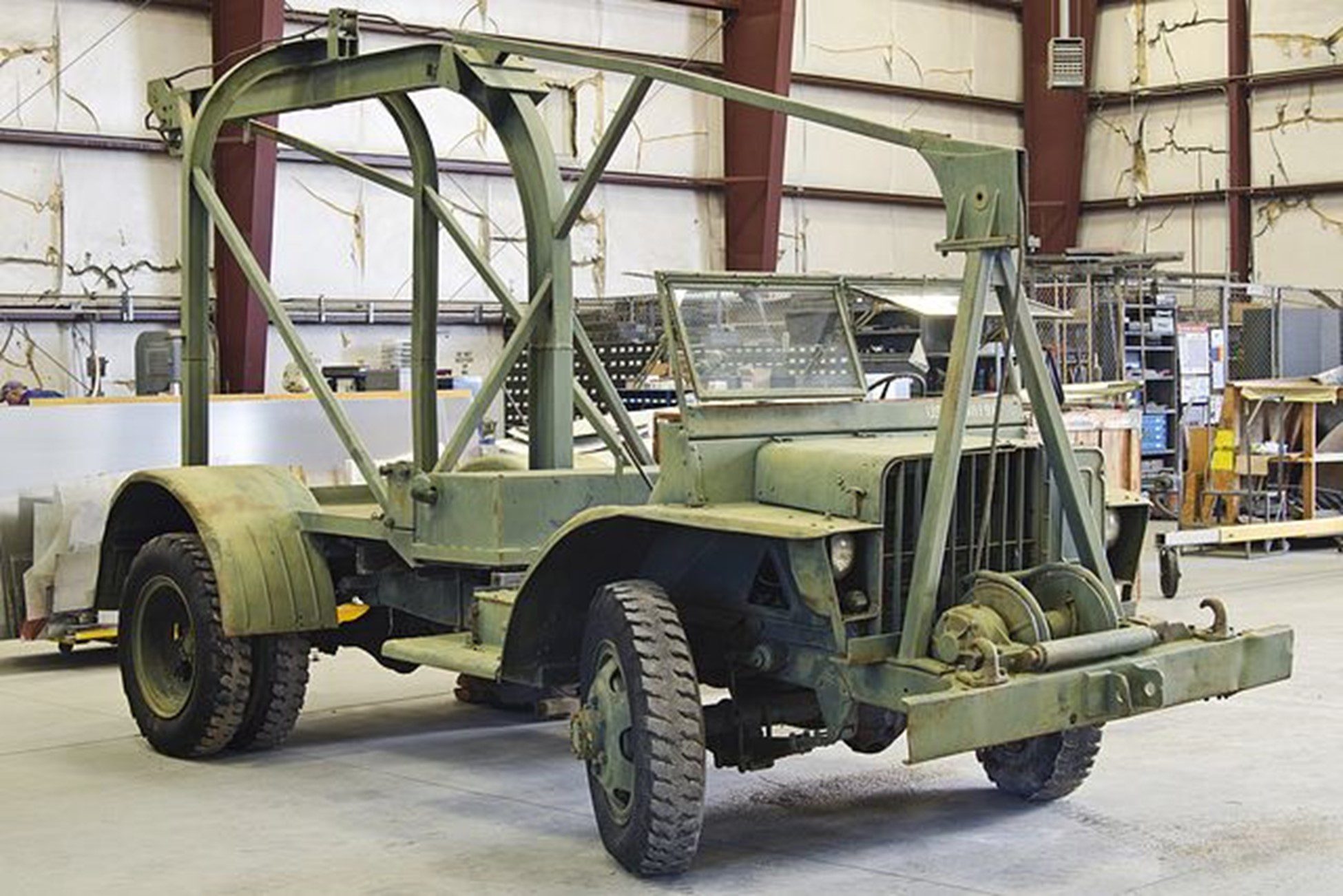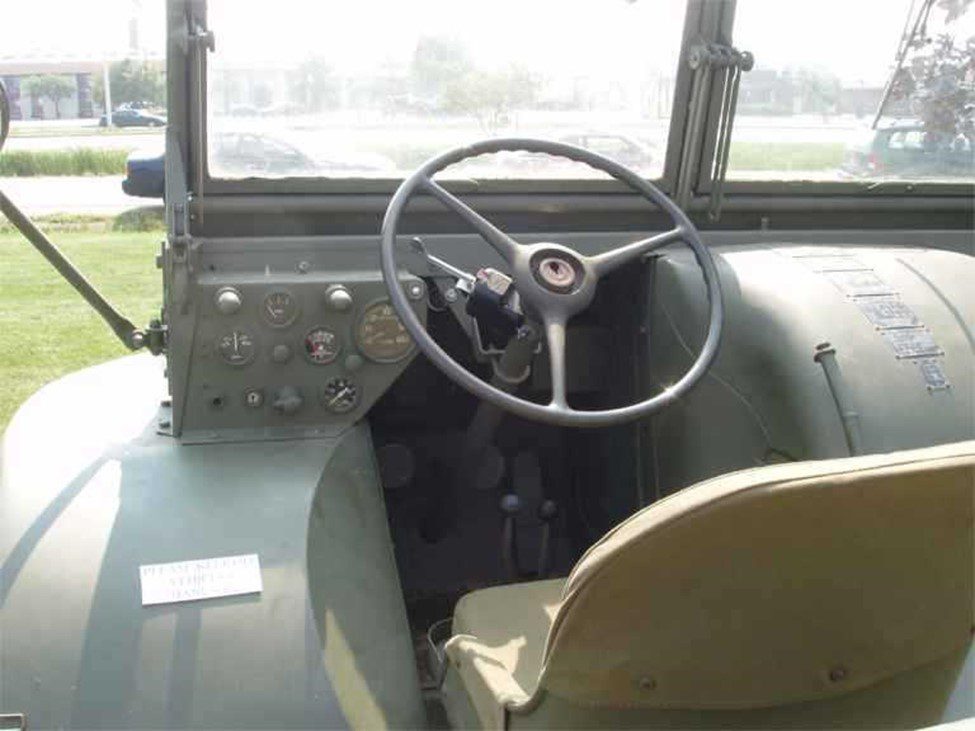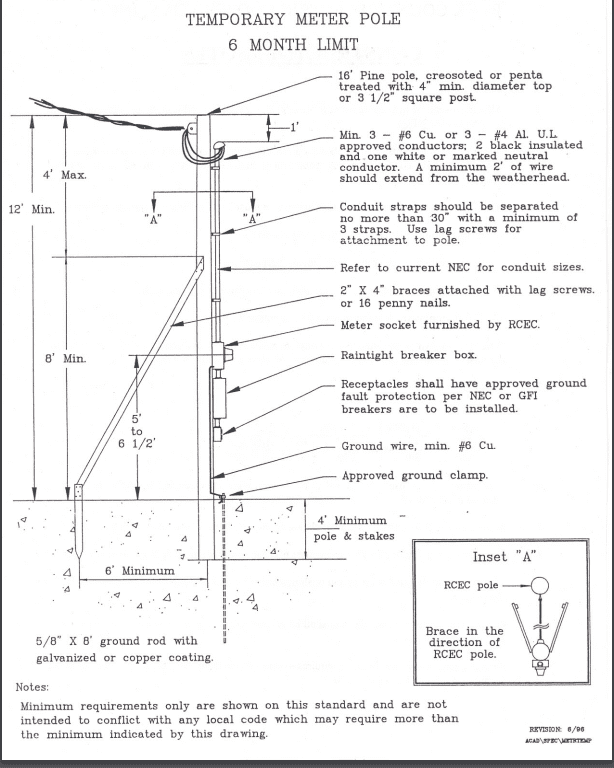The pig operation included several animal related skillsets that a racer should never be exposed to. Pigs can tear down an oak tree, but hate electric wire, learning to be fence installer became another skillset. In a 2-year period we installed 3000 ft of hog wire, 3000 ft of electric wire, and seven gates. Thank God for ole black dirt, digging post holes by hand is a job at best the packed clay was about 3 ft deep, it took a lot of unique bracing to hold up a fence in sand, I now know why the Egyptians built stuff in the sand. Water was the next conquest, the Taylor property had a swallow well and an old hand pump, prime the old girl with water and you could pump till you give out! Cold, clear, fresh water. One day the pigs got to scratching their backs and pulled the pump/pipe slap out the ground. I got there after school, pushed the 6 ft back in the hole and got the water back. About that same time Dad owned a vacant lot behind gramps house. It had a well and a power pole but no water. We chased the water issue, the dude that put it in said it had been there for 20 or more just for irrigating a small truck farm. I had turned the lot into a flat track for motorcycles and the local Karen’s were calling the law every day. My dad had an idea that he could raise fish bait. He had a six ft chain-link privacy fence put around the lot. Water was still the key to this twist to the adventure. Dad was employed as a cluster skills teacher at the high school, Cal and the AG teachers had projects galore for the students. Many of the kids called the programs Cal Tech. To produce the timber, we purchased two 1942 Ford 6x bomb carriers, each had 2 10000-pound wenches. We built a stiff-arm boom system that allowed us to drive and auger shallow wells, retrieving timber from swamps, move heavy objects, cars, trucks, tractors, along with complementing our projects in the body shop. The boom truck started life as a bomb carrier, a standard GTB Cargo Truck, the GTBA was for the US Navy, a GTBB wrecker, they later became known as ‘Burma Jeeps’ as they were most used in the far east and Pacific region. Many GTBs had factory-fitted front-mounted heavy-duty, PTO-driven, 10,000lb-rated Garwood or Braden wenches. The bomb service versions were fitted with a rear-mounted crane, often made by Weaver Hoist Manufacturing and the cargo versions had troop seats and bows for a canvas cover. In all versions, the top of the engine cover divided the cab and so the driver sits alongside part of the engine a 60hp flat head 6cyl Ford industrial engine, and to accommodate a passenger, a side facing, folding canvas seat is used. The GTBS was a 6 X wheel drive front wheel drive with dual rear wheels. We inherited the pair from a local construction company abandoned in a junk yard of equipment. Both had reminiscence of the bomb booms, but the wrecker booms had been scavenged but both had 2- 10000 lb. winches. Dad’s plan was to build an all-purpose boom truck we always had something heavy to move. The second part of the plan involved driving swallow wells, something that intrigued dad since he failed to get water in Dunnellon years earlier. Johnnie Raulerson told dad a number of stories of moonshiners in our area knocking down a 5ft stick of pipe and hitting water. In fact, the place where the pigs pushed up the well on our property was one of Johnnies still sites. The concept was easy take a pipe, drive it down in the sand until you hit clay, the trick is to seal the pipe in the clay 1 to 2 feet, once sealed using an auger you clean the pipe. As you clean the pipe you learn to read the sand, dirt, clay, just as the auger clears the clay it normally drops into the water pool/ channel at that point you pump off the well. The trick at this point of the shallow well process is to get the aggregate out of the pipe and out of the well area, to do this you have to pump a large discharge of water and sand clearing out the natural pool at the end of the pipe. We used a 5 hp trash gas pump coupled with a generic rubber radiator hose. The stiff-arm boom let us use the slip rope on the winch dead head, with the PTO engaged and the winch disengaged, the dead head rotates counterclockwise. The drop head 80lbs had a 4-foot rod that extended in the pipe giving a 36-inch drive stroke, in sand a 12-inch drive per stoke, 6 inches in the black dirt and in clay about 3 to 4 inches per blow, normally within an hour you start the auger process. Hand auguring is a chore at best, spin it down, pull it with the slip rope/ boom, once it drops into the water table pull it and pump. This part takes about 4 hours, another two to four to clear the water. In a 2-year period we probably installed 20 wells in the local area, the hardest part was the bomb carrier driving experience at a whopping 34 mph top speed.

The front and rear differentials were 5.13 gear ratios, in high range, 4th gear, the governor let you turn about 800 rpm, @ 34 mph. I guess bouncing nuclear warheads around is a slow man’s sport and I was the designated driver. The well deal was always a distraction to me, most of the wells we did were to help folks get water independent but were very time consuming. One of the projects associated with the shallow wells included a water tower on our Taylor farm. The concept was another of dad’s niche products that everybody should have wanted, but nobody would buy. We built the tank, 4 ft in diameter 4 ft tall, with a ridged cape style top, upfilled with an electric pump, a copper industrial toilet float switch, swallow well, and an electric pole. This was one of the first times I was asked to venture into something that my dad did second nature, site planning, at first, we filled the tower with a generator, to add value to the whole operation, power, water and sewer had to be added. My dad instructed me to establish an infrastructure plan for the farm, he chose the spot for the water tower and well at the highest elevation of the farm and declared it point A. We put down a well 20ft 11/4 casing sunk hard into the clay, life of a good well, augured into two water tables and pumped for 5 hours, about 3 yards of sand and clay was clear from the casing.

The next deal was to layout the water infrastructure, where it needed to be, the sizes of lines, identify the water pressure at the tower, our goal was constant flow to areas we serviced animals or irrigation equipment. We had 2 main lines the first, 11/2 PVC line was due west of the tower following the main fence line/ road about 100 yards, 30 ft drop from the lowest tank level downhill. The second was due north along the fence line leading to the future barn dominium site and current garden spots/ about 4 acres, the drop to that area was about 20 ft in elevation from the lowest water level in tower. The electric coop in the area was the Okefenokee Rural a small privately owned electric company in the Georgia Bend of the St. Mary’s River. Florida and Georgia both had standard procedures for temporary and/or ag related electric poles. We used a welder generator for about a year to supply power to the water system until one afternoon shooting up the sandy Crews Road at 60 mph, I encountered a six ft plus rattler was stretched across the road. I instinctually locked ‘em up to kill the deadly reptile, the 1000 lb. welder went through the back of the truck bed breaking the rear window. Killed the snake but ole Cal lost his mind over the whole adventure. Needless to say, I was back hand pumping water for the pigs, until he had to fill the water tower one weekend. Because of the wrecker business’ success, the Taylor / Crews Road needed to be more self-sufficient, our business model was simple, there is 24 hrs. in a day use them all. This included an electric pole to give us extended window to service the animals, light poles, electric wire, switch triggered water tower. I had a little experience after spending a couple 100 hours wiring our new shop with Richard Davis (Josie’s Brother) an artist in running commercial conduit electric systems. I was chasing the parts to build power pole when as we affectionally knew as the “striped legged Davis’ “not kin but family had a lead on a pole. Josie and Richards sister Clarice’s husband had a power pole he inherited and needed some work on an ole Studebaker he owned. The trade was on. Richard told me I needed to update the pole, again another adventure turned into a learning experience. I had a bunch of friends in the contracting business, I set the pole disassembled every from the weather head down.

This drawing is similar to the drawing I got in 1976, from Okefenokee Rural, temporary services for building were limited but AG/ Farm poles had a turn head policy. Everything on the pole was challenged, I set in the restore the pole, repainted the conduit, brackets, picked up a new meter can, and weather head. The biggest issue was the grid of power poles ran down the property line, technically to service the folks next door, the transformer was about even with the hog barn, we had the coop drop a light pole at the corner of the farrowing barn, $5 per month but the water tower was still 100 ft up the drive and $1000 away from setting a new transformer. I spoke with the Coop service dude told him our plans to build a house on the north property line, after a debate and a loose agreement they agreed to drop temporary service to the water tower pole for $50 per month no less than a year, this included a streetlight.
